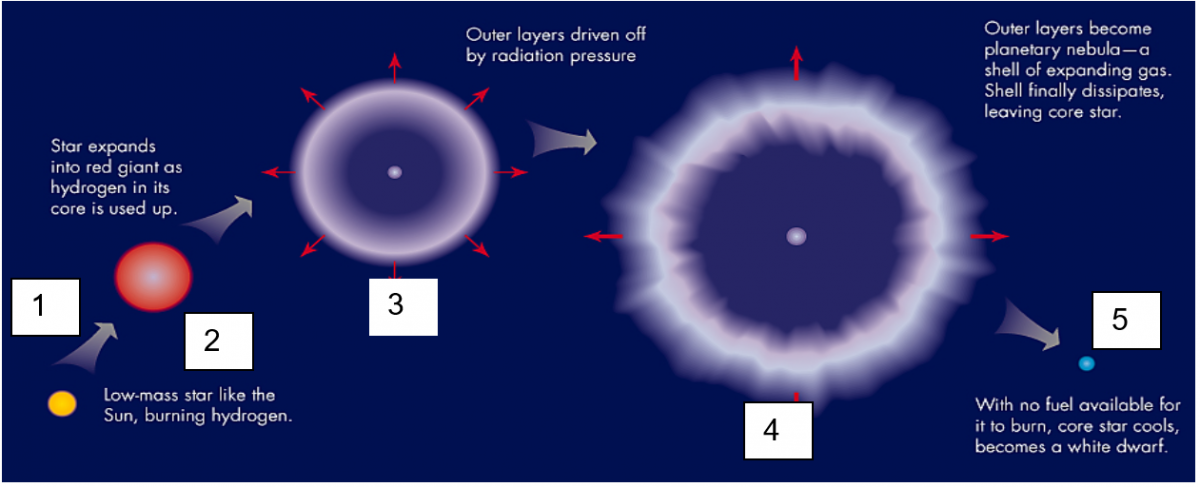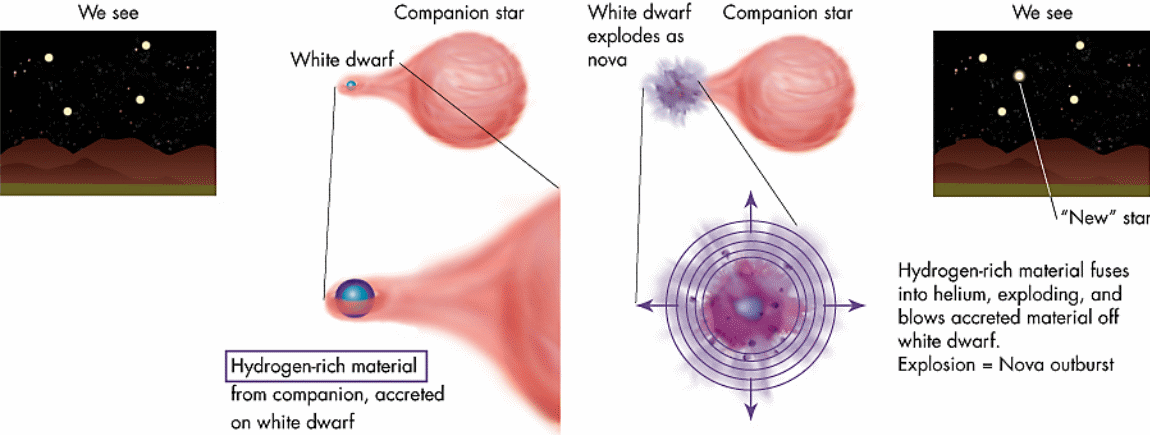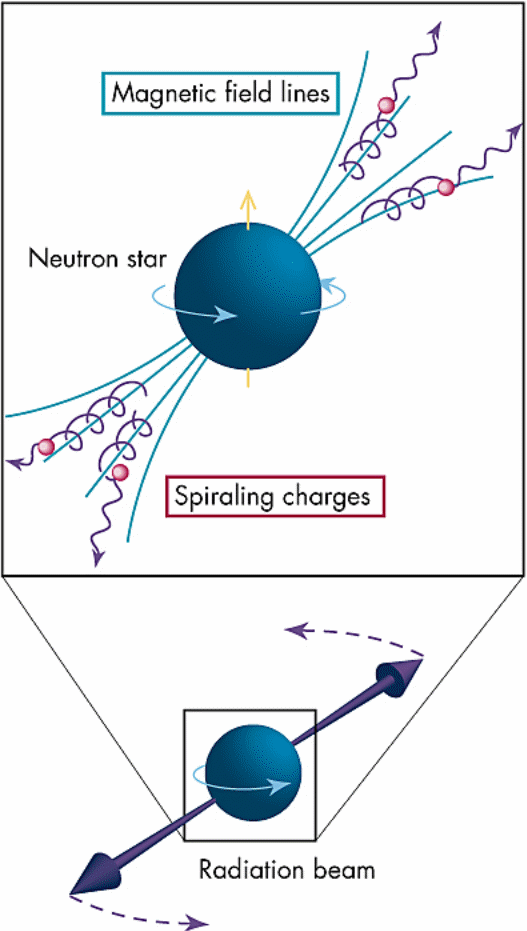One strange thing about stars is that they disintegrate after some time, leaving behind core remnants dubbed as ‘Stellar Remnants.’ These remnants are compact-like objects and may emit electromagnetic radiation depending on whether they are hot or not. To this end, the emitted radiations are owed to sources other than nuclear reactions. Importantly, these objects exhibit unique and strange characteristics that continue to baffle all and sundry. From the ‘White Dwarfs’ which shrink with an increase in mass, the ‘Neutron Stars’ which emit photons on a regular basis to the ‘Black Holes’ which emit unrivaled bursts of energy, Stellar Remnants are truly anomalous. As such, in this essay, we explore what makes these Stellar Remnants unique and bizarre. For the sake of this essay, our main focus will be on two objects, the White Dwarfs and the Neutron Stars.
The White Dwarfs are the core remnants of a star that was previously 8 times the mass of the sun (8Msun). On disintegration, Chandrasekhar, an astronomer, explains that the final object should weigh not more than 1.4Msun (Chandrasekhar Limit), and as such, its size should be almost equal to that of the earth (Sulehria 1). The density of this object is incredibly astronomical- 109Kg/m3, dwarfing those of planets. Notably, its initially hot surface temperature (150, 000K) cools down, evolving to become a ‘Black Dwarf (0.6Msun)’ (Sulehria 1). The core of White Dwarfs is encapsulated by gases e.g., oxygen, helium, and carbon, with their composition being a function of the mass of its degenerate matter, which behaves abnormally. The degenerate matter arises when the electrons are compelled to occupy the entire energy level states of its atoms. As a consequence, they are repelled to the higher energy levels owing to the fact that two fermion particles cannot coexist. Eventually, these energy levels get filled up, resulting in a degenerate matter.
The strange behavior of this matter is that its mass and temperature are inversely proportional to its size (see fig. 1 below). As such, the mass and temperature decreases from 1 to 5 where it transforms into a White Dwarf (1Msun) and later, to a Black Dwarf (luminosity of 10-4 that of the sun) (Sulehria 1).

The White Dwarf’s luminosity is owed to a reserved heat generated eons back during its ‘evolution.’ Importantly, the White Dwarf can rip off a gas e.g., hydrogen from its neighbor (companion) in a Cataclysmic Variable System to spark a hydrogen-helium fusion process, which is accompanied by the release of massive energy (nova). This is seen as bursts of light that make them extremely bright (Fig. 2). This ends when the hydrogen is exhausted.

When the core remnant exceeds the Chandrasekhar limit (> 1.4Msun), it disintegrates, liberating neutrons. To this end, the neutrons assume the role of the electrons to support the structure of the remnant. Finally, the object acquires a diameter of approximately 40km with a “density in the order of 1017 kg/m3 and a mass of between 1.44 and 3Msun” (Sulehria 1). This Stellar Remnant is referred to as a Neutron Star (1.44-3 solar masses), and its mother-star is characterized by a mass of greater than 8Msun. The uniqueness of this remnant is that it emits beams of light on a regular basis “as it spins around its axis” (Strobel 2). These beams emanate from electromagnetic radiations that come from one of the remnant’s poles.

The Neutron Star has a high spin rate (≈1000 Hertz), and “the electromagnetic radiation is not aligned to its rotational axis (Fig. 3)” (Sierra College Astronomy Department 3). These radiations are incredibly strong (1015 Tesla), dwarfing that of the earth (40 Tesla) (Ryan 1).
In conclusion, the Stellar Remnants are truly unique, with some defying scientific reasoning e.g., the White Dwarf and others exhibiting extreme characteristics e.g., Neutron Star.
Works Cited
Ryan, Seán. “Assigning ages from hydrogen-burning timescales.” Stellar Evolution and Nucleosynthesis 4.7 (2008): 2-3. Print.
Sierra College Astronomy Department, Stellar Remnants, South Melbourne, Victoria: Thomson Learning, 2010. Print.
Strobel, Nick. Stellar Remnants. Times. 2001: 1-2. Print.
Sulehria, Fahad. Stellar Remnants. Nova Celestia 3.2 (2009): 1-2. Print.